What is singing and how is the fabric used?
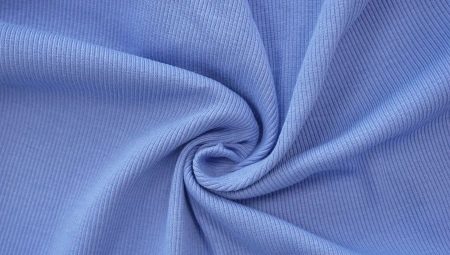
The singing fabric is a thin natural canvas, delicate and tactilely pleasant. This knitwear has a democratic price, nevertheless, it is often referred to as luxury-class fabrics. It is distinguished by its breathability, hygroscopicity and many other positive characteristics. Let's take a closer look at the description of this matter.
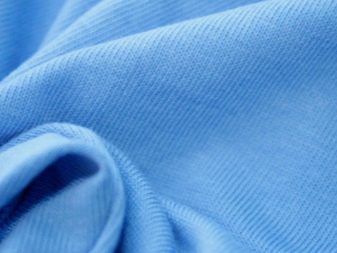
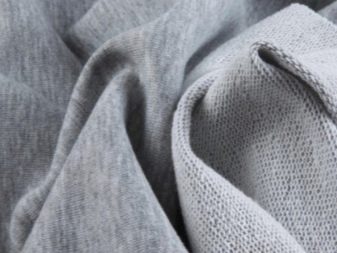
What it is?
First, let's find out what the fabric called "singing" is. It is a well-known fact that the quality of any knitted fabric directly depends on the length of the fibers that underlie it. In this regard, there are three categories of canvas.
Openend - cotton threads 20-27 mm long. A fabric made of this kind of fiber is tough to the touch. It has a rather loose structure, moreover, it weakly retains its shape.
Ring - made of thread 27-35 mm long. The structure of such a cloth is denser compared to the open-end, but at the same time there is a slight hairiness.
Singe - made from the highest quality fibers ranging in size from 35 to 70 mm.
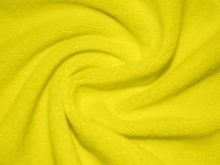
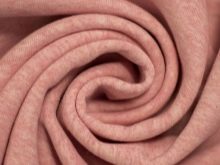

The threads used in production are carefully sorted, calibrated, and then polished. This treatment removes all flaws, including the villi with microscopic nodules. The threads are woven on combed machines. As a result, the fabric is durable, wear-resistant and perfectly smooth. There are two main versions of the origin of the singe fabric manufacturing technology - some researchers believe that it was imported from India, others argue that the development belongs to Soviet technologists.
This fabric almost does not wrinkle and at the same time keeps its shape perfectly. The jersey is not prone to deformation, pills do not appear on it.It belongs to the group of natural materials and is 100% natural cotton.
In rare cases, wool or synthetic fibers can be added to it, wool makes things warmer, and polyester increases the strength characteristics of finished products.
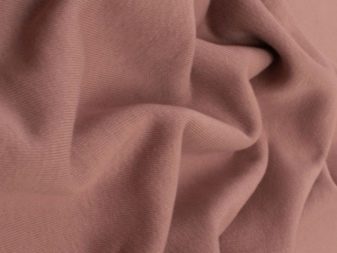

Peñe has a number of characteristics that are characteristic of knitwear, in particular, easy stretching. Besides, it has unique properties - it is a silky, even and very smooth surface. Matter can be thin or thick, but in any case it is comfortable for the body. Some varieties even provide for a light bouffant.
Singing is called a fabric, but from a technological point of view, it is not. The fact is that any woven fabric is a perpendicularly directed interweaving of individual threads, which, with the help of lamellas, knock into tight dense rows - this method of creating a cloth is called weaving. Singing has a different type of weaving of threads - in fact, it is knitted with the smallest satin stitch. It is no coincidence that tricoter means "knit" in translation. That is why singing is not fabric anyway.

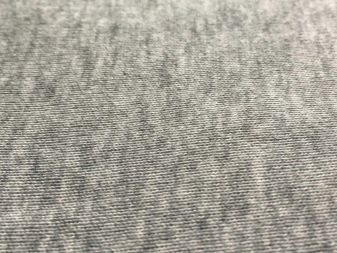
Advantages and disadvantages
Singing linen has undoubted advantages in comparison with other types of knitwear.
- Increased strength - due to fiber processing technology and knitting technique.
- Keeping in shape - singing does not show high elasticity. It can be stretched slightly, but it immediately takes its original shape.
- Durability - provided due to high strength characteristics and the ability to keep its shape. Thanks to this, the products can be worn for a long time without puffs and deformations.
- Easy to care for - knitwear easily tolerates machine wash, does not stretch during spinning. In addition, it can be dried under normal conditions on a regular clothesline.
- Crease Resistance - This type of cotton fabric does not require ironing. This feature makes singing very practical.
- Hypoallergenic - underwear and bedding made from such jersey will not irritate the skin. That is why they are used when sewing clothes for newborns.
- Environmental friendliness - provided by the natural composition of matter.
- Good breathability and moisture absorption.
- The ability to keep warm.

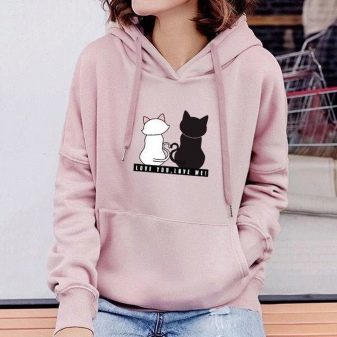
To such an impressive list of merits, you can add accessibility. The cost per square meter is approximately 200-300 rubles.
However, there are also some disadvantages. So, sometimes vertical arrows appear on the canvas, their direction corresponds to the pigtail of the textile. In addition, during the sewing process, the edges of the fabric curl - this complicates their processing. If it is necessary to unpick the garment, punctures from the needle remain on the fabric.
Thus, improper processing can seriously harm the material, which is why only professionals with experience in working with such material should be engaged in sewing.

Views
There are four types of singing textile materials. They are distinguished by manufacturing technology, dyeing method and scope. The properties of finished products directly depend on the characteristics of the original matter.
Digital - in fact, this is not a separate subspecies of knitwear, but rather a variant of its dyeing. In contrast to other types of fabric, the singing in this case is colored by means of machine printing. Coloring is done by processing on a special printer.
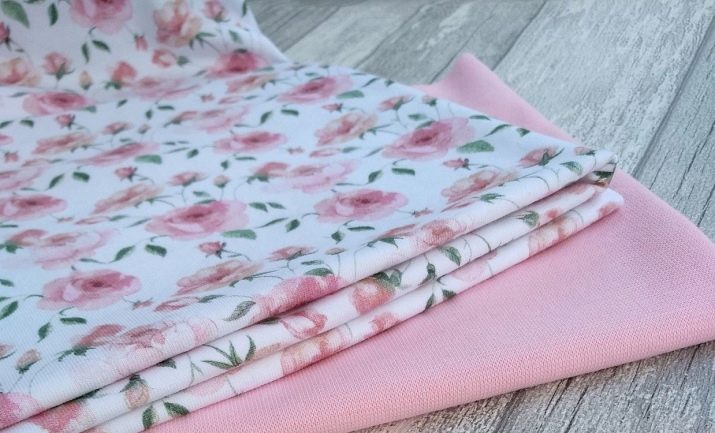
Kulir is the thinnest fabric, the thinnest among this knitted format. It is distinguished by almost perfect smoothness, the fabric gives the impression of silk to the touch. Such a canvas stretches well in width without losing its shape and at the same time practically does not stretch in length.
Such qualities are due to the transverse technology for the manufacture of the cooler surface: in the outer part, hosiery is used, inside - in chess.The fabric is made from 100% cotton, although some manufacturers add 5-10% Lycra to increase elasticity and durability.
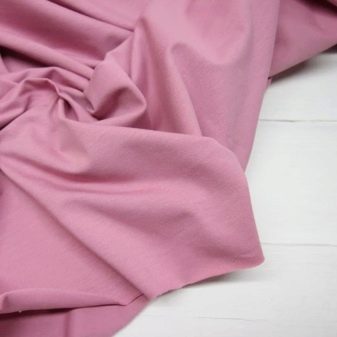
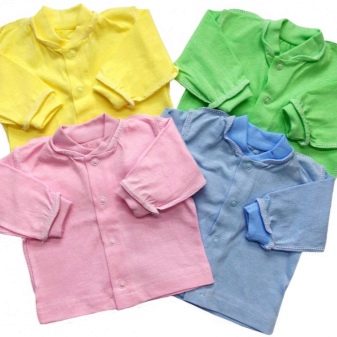
Interlock - unlike a conventional cooler, such a canvas is more dense, but at the same time, all the main operational characteristics of natural knitwear are preserved in full. It is soft, tactilely comfortable material. It has a smooth surface, reminiscent of silk, although it does not have the characteristic shine of the latter.
Originally conceived as 100% high quality cotton. However, in recent years, textile workers have begun incorporating polyester, lycra and rayon fibers into the structure in order to reduce costs and improve performance. Despite the fact that their share is small, they nevertheless significantly change the structure and properties of the material, and sometimes not for the better. Therefore, when choosing things from interlock, it is very important to carefully study the composition of the material indicated on the label.

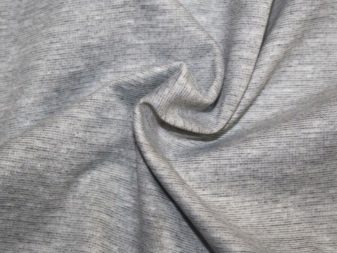
The density of pure interlock is quite high - from 180 to 350 g / sq. m. And if the material contains synthetic components, then the density and, accordingly, the quality will be much lower. The difference is noticeable to the naked eye - the fit of the threads will be loose, this knitting looks more like a herringbone.
The interlock is not suitable for creating things for the hot summer. But for sewing light, warmth-keeping things, for example, pajamas and nightgowns, the fabric will be ideal. The disadvantages of the fabric include only low elasticity.
In addition, there is a high risk of shrinkage if the product is improperly maintained.

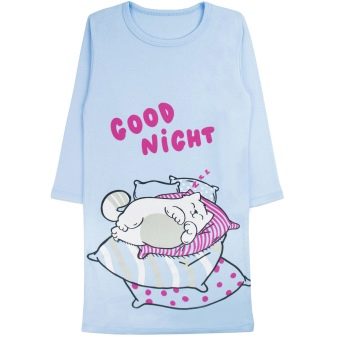
Footer is the warmest kind of canvases like singing, it is characterized by maximum durability. The outer surface looks perfectly smooth, while the reverse side has a fleece of wool fibers. This structure provides an increased degree of heat retention. Footer became widespread when sewing winter pajamas.
Footer is an environmentally friendly natural material, it consists entirely of cotton threads. This composition allows the skin to "breathe", but at the same time it perfectly retains heat. Knitwear has increased moisture absorption capacity and does not create discomfort for the body. It is distinguished by its ability to keep its shape, therefore, even with frequent wear, things do not stretch. Another advantage of knitwear is durability, no puffs, pills or abrasions form on its surface.


Manufacturers rarely add polyester to natural fibers. The introduction of polymer threads increases the plasticity of the fabric, makes it more durable and gives a light shine. The only drawback of the canvas is its high sensitivity to ultraviolet rays and high temperatures. Such an effect causes the destruction of the fibers and thereby degrades the quality of the finished product.
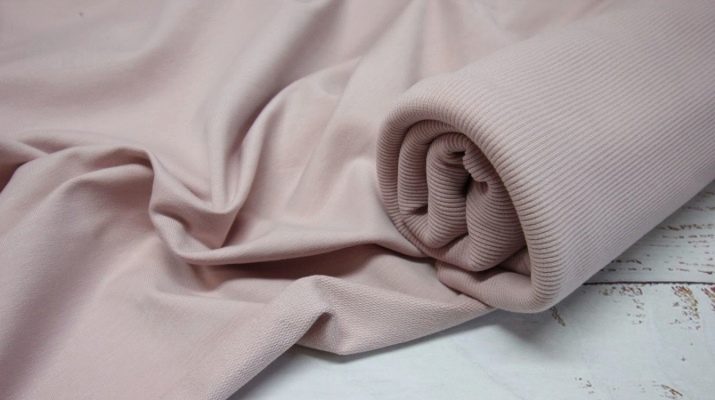
Application
The singing fabric is used to create clothing and bedding. It is in demand when sewing clothes for newborns, children's clothing, underwear, warm pajamas, dressing gowns, as well as tracksuits. Most often, singing is taken to create everyday things - hypoallergenic and environmental friendliness makes them absolutely safe. In addition, they are always comfortable and convenient.
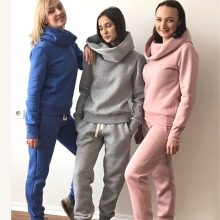
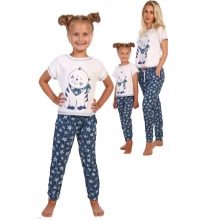
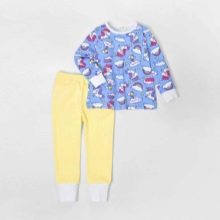
The scope of use of the fabric depends on its structure. In terms of the number of threads, singing is divided into three categories.
Single strand jersey - such fabric is characterized by lightness and thinness. It is usually used to make underwear, baby diapers and undershirts.
Double strand jersey - such a material can include a minimum amount of synthetic fibers, as a result, the fabric is more elastic and at the same time strong. That is why tracksuits, tunics and even dresses are often sewn from it.
Three-thread - consists not only of cotton, woolen fibers are often added to it. This technique is used when creating a footer to achieve a light fleece.Such a fabric perfectly retains heat, so the fabric has become widespread when sewing insulated tracksuits, as well as hoodies and sweatshirts. This material will be a godsend for people on whose skin irritation from wool appears. The jersey fits perfectly to the body, retains warmth, but does not cause itching or burning.
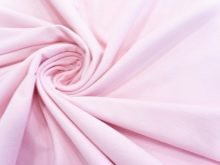
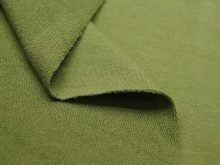
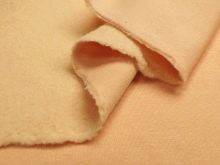
Singing CD should be singled out separately.
This is a high-quality fabric, which, in terms of practicality, strength and its aesthetic characteristics, is in many ways superior to standard fabrics. Such material is in demand when sewing things for special occasions.
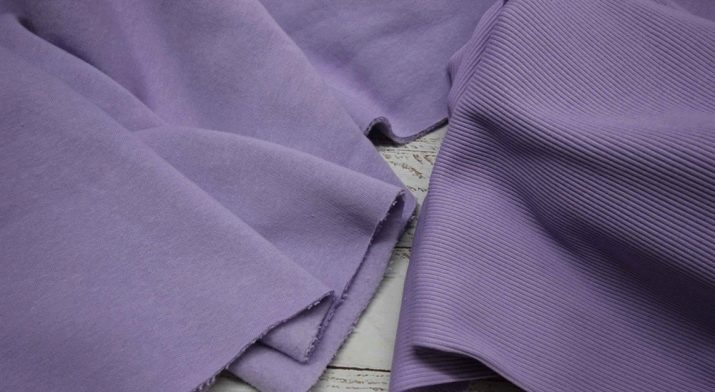
Care
Despite its unpretentiousness and exceptional durability, you still need to adhere to some rules for caring for singing products.
- Washing. When washing, the water temperature should not rise above 40 degrees. The use of manual cleaning will be optimal; when placing dirty clothes in the machine, it is better to give preference to delicate modes. Washing powders should not contain chlorine or bleaching ingredients. Dry cleaning is not allowed.
- The material is prone to shedding, therefore it is not allowed to wash it with other materials and linen of different shades.
- Spin. Strong spin is not recommended. The optimal time is no more than 10 minutes at minimum speed.
- Drying. It is undesirable to dry products made of knitwear near radiators and other heat sources, as well as in direct sunlight.
- Ironing. Most often it is not required, but if necessary, set the silk or cotton modes.
- Storage. You need to store clothes from singing inside out and folded. It is desirable that the storage area is dry and well protected from direct sunlight. If possible, it is recommended to ventilate the cabinet from time to time.
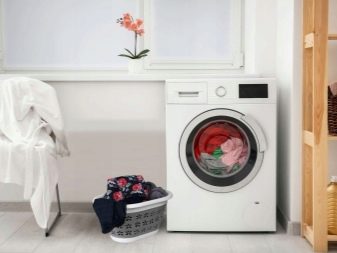

Thus, there is absolutely nothing complicated in caring for garments made of knitwear. In any case, it is necessary to be guided by the manufacturer's recommendations - as a rule, all the necessary information is indicated on the label. Subject to the rules, the products will serve you for many years.








